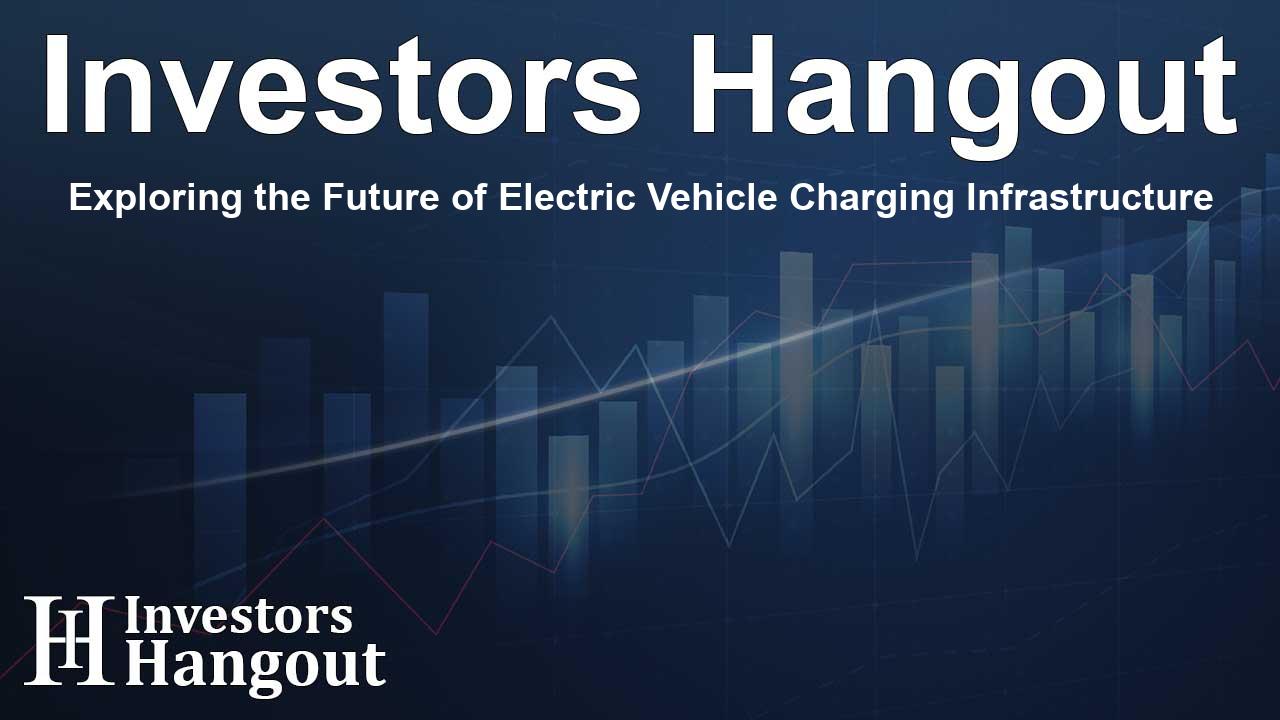Exploring the Future of Electric Vehicle Charging Infrastructure

Electric Vehicle Charging Infrastructure: Market Overview
The Electric Vehicle (EV) Charging Infrastructure market is emerging as a critical sector as nations push towards cleaner transportation solutions. Projections indicate that this market could reach USD 199.25 billion by 2032, showcasing a compound annual growth rate (CAGR) of 25.5% from 2024 to 2032. This robust growth stems from several factors, including a rise in global decarbonization efforts and the increasing popularity of electric vehicles.
Drivers of Market Growth
Various elements are propelling the demand for EV charging infrastructure. A significant increase in government incentives for electric vehicle purchases has made EVs more accessible to consumers. Alongside this, regulatory requirements for lower emissions have compelled businesses and governments to invest in charging solutions. The push for renewable energy sources has further strengthened the need for efficient charging networks, emphasizing the shift towards sustainable transportation.
Public Charging Stations and Their Impact
As the market evolves, around 70% of public charging stations are expected to offer fast charging capabilities by the end of this decade. Fast charging technology enhances convenience for electric vehicle owners, reducing downtime and encouraging adoption.
Residential Charging Evolution
Moreover, home charging solutions are also seeing growth, particularly with Level 2 AC chargers. These chargers provide a cost-effective solution for homeowners looking to switch to electric vehicles. By 2032, it’s anticipated that more than 50% of home charging solutions will leverage this technology.
Market Analysis by Charger Type
By 2032, the infrastructure landscape will predominantly feature a mix of DC fast chargers that significantly reduce charging times, thereby improving long-distance travel capabilities for EV users. Additionally, about 35% of urban charging points are projected to be equipped with fast-charging technology by 2028, indicating a shift towards high-capacity solutions.
Regional Insights
North America is poised to remain a significant player in the EV charging infrastructure market, largely due to substantial government incentives. Within this region, the U.S. is expected to command nearly 50% of the market share, aided by companies such as Tesla and ChargePoint, which are leading innovations in the sector. In Europe, countries like Norway and the Netherlands are actively promoting EV adoption and charging infrastructure development through aggressive climate targets.
Competitive Landscape
The competition within the EV charging infrastructure market is intensifying as automobile manufacturers, tech companies, and energy providers collaborate to meet the rising demand for charging stations. Approximately 60% of leading charging service providers are now partnering with traditional automakers and energy firms to create comprehensive charging solutions.
Technology Advancements
Looking ahead, smart charging technology is set to play a vital role in optimizing energy use and integrating renewable energy sources. AI capabilities are expected to be integrated into around 35% of new charging solutions, significantly enhancing the efficiency of charging processes.
Key Takeaways
This market is identified as a pivotal element in the global electric vehicle revolution, responding to considerable consumer and government demand for sustainable transport options. Here are some essential takeaways regarding the EV charging infrastructure market:
- The fast-charging segment is set to capture approximately 60% of all new installations by 2032.
- The North American market will continue to lead, supported by favorable government initiatives.
- Significant investments are anticipated in Europe and Asia-Pacific regions for public charging infrastructure.
- Innovations in AI and smart charging technology will drastically enhance charging efficiency and sustainable energy use.
- The growth of EV charging infrastructure will underpin the transition to electric vehicles, responding to environmental and consumer pressures for cleaner transport solutions.
Frequently Asked Questions
What is the projected market size for EV charging infrastructure?
The EV Charging Infrastructure market is expected to reach USD 199.25 billion by 2032.
What factors are driving the demand for EV charging stations?
Key drivers include government incentives, regulatory emissions targets, and consumer preference for sustainable transport solutions.
How many public charging stations are expected to offer fast charging?
Close to 70% of public charging stations will provide fast charging options by 2030.
Which regions are leading in EV charging infrastructure?
North America and Europe are the primary regions leading in EV charging infrastructure development.
What technology trends are shaping the EV charging market?
Smart charging technology and AI-enabled solutions are expected to enhance efficiency and renewable energy integration in charging stations.
About Investors Hangout
Investors Hangout is a leading online stock forum for financial discussion and learning, offering a wide range of free tools and resources. It draws in traders of all levels, who exchange market knowledge, investigate trading tactics, and keep an eye on industry developments in real time. Featuring financial articles, stock message boards, quotes, charts, company profiles, and live news updates. Through cooperative learning and a wealth of informational resources, it helps users from novices creating their first portfolios to experts honing their techniques. Join Investors Hangout today: https://investorshangout.com/
Disclaimer: The content of this article is solely for general informational purposes only; it does not represent legal, financial, or investment advice. Investors Hangout does not offer financial advice; the author is not a licensed financial advisor. Consult a qualified advisor before making any financial or investment decisions based on this article. The author's interpretation of publicly available data shapes the opinions presented here; as a result, they should not be taken as advice to purchase, sell, or hold any securities mentioned or any other investments. The author does not guarantee the accuracy, completeness, or timeliness of any material, providing it "as is." Information and market conditions may change; past performance is not indicative of future outcomes. If any of the material offered here is inaccurate, please contact us for corrections.